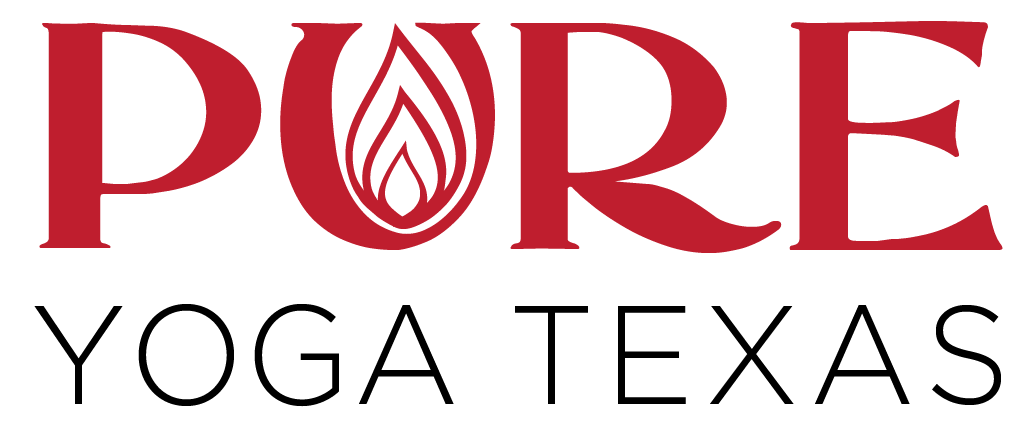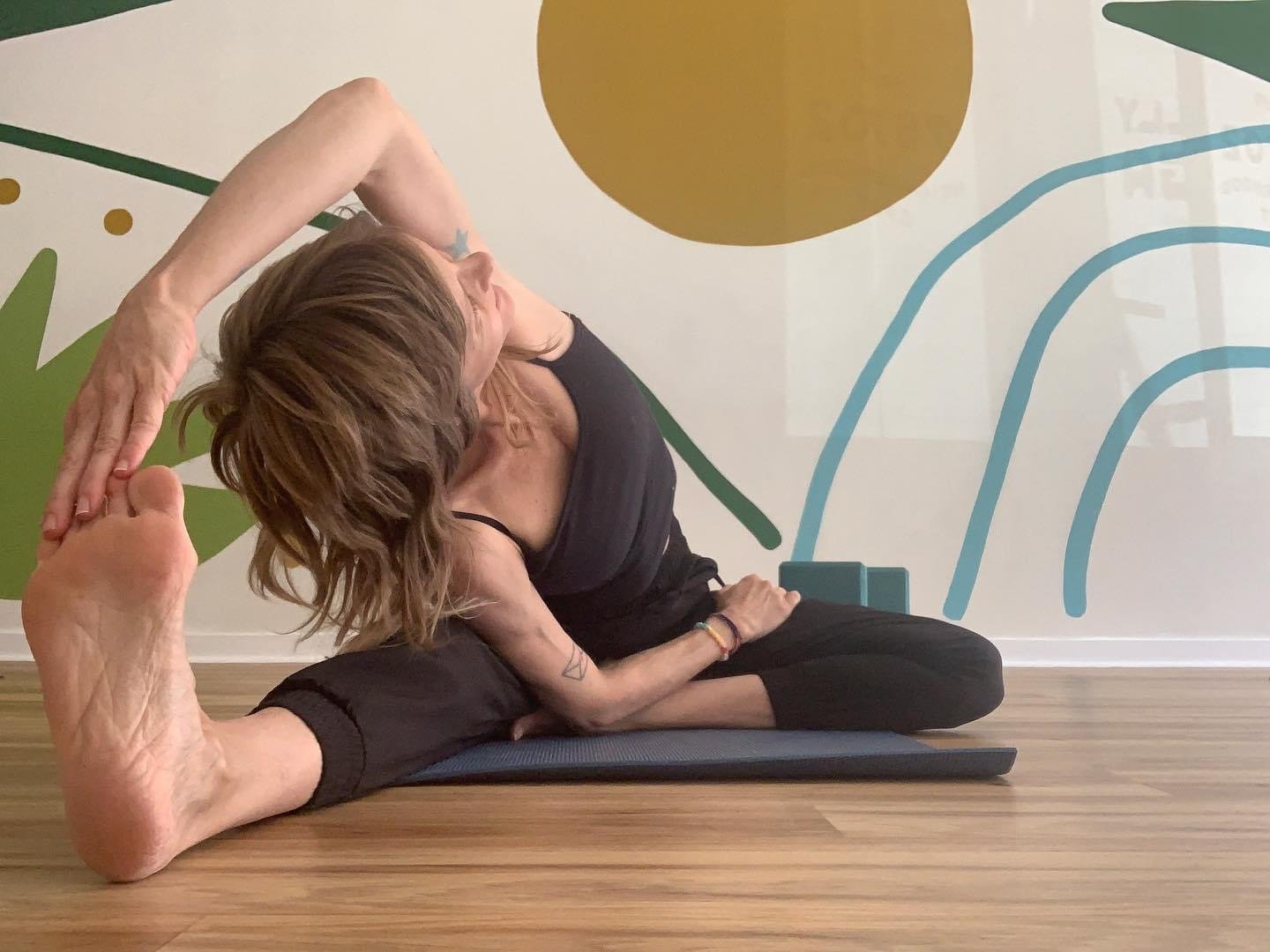Hips and a spine - Everybody’s got ‘em.
Written by Afton Carraway
Hips and a spine - everybody’s got ‘em. Whether yours are tight and immobile or weak and unstable, yoga can help!
My journey into pelvic floor health started after the birth of my daughters. Having babies did not leave me unscathed by the harsh reality of urinary incontinence and vaginal flatulence (#normalizequeefing!). As most of us do here in the West, I dealt with my pelvic floor issues by ignoring them and assuming they would eventually go away. They kind of did, but not really. Fast forward a few years and I find myself immersed in a 3-year yoga therapy program completely enamored (obsessed?) with the courses on yoga for the pelvic floor.
And so began my journey into human pelvises.
I know what you’re thinking: “Afton, how did you make the jump from pelvic floor health to yoga for Hips and Spine?” I’m glad you asked.
There were a lot of signs other than my pelvic floor issues during and after 2 pregnancies that pointed toward a larger imbalance in my pelvis. As I learned more about proper functionality of the hips and pelvis in yoga asana through my yoga therapy courses, I began to realize that the mobility in my hips was disproportionate to the strength I had in them. This resulted in structural twists, turns, shifts, and dips from my feet all the way up my spine and into my neck, shoulders and attached appendages. I was lucky enough not to have any chronic pain or lingering injuries from the imbalances in my body - and if I did have pain or an injury, I could usually manage it through my yoga practice. However, I’d always suffered from a stiff jaw, neck/shoulder pain, and tension headaches - all of which I’d come to accept as “normal” for me.
When I realized that I had support for myself down deeper into my body it was a game-changer. I had no idea how little I was using my legs and hips to ground and connect into the earth. My “roots” were weak and spindly because my neck and shoulders were running the show - hence the constant tension, stiffness, and frequent headaches I’d experienced most of my adult life. I learned that I could stop carrying all of my loads on my shoulders and drop them down into my legs for greater support; that I could actually stand into the ground that was underneath me rather than hovering anxiously above it. Gravity, it turns out, is a friend. While it’s there for you to use and lean into, it’s also there to let you know when things have gone askew.
The pelvis is the connecting hub of our bodies down and into the earth. If we want things to run smoothly in and out of that hub (I like to think of it as a busy airport with lots of flights, travelers, packages, and information coming in and going out) we need to make sure all pathways are open, all hinges, wheels, and cogs, are greased and well functioning, and that there is a strong network of brains and braun working to keep things moving along.
So, I began doing work to stabilize my pelvis in ways I had never been taught before. As a result of stabilizing my hips, my legs became stronger. I felt more grounded, steady, and more at-ease in my body - especially in my jaw, necks and shoulders. I was also able to access greater strength in my upper body as the twists and turns of my spine began to iron out. And - wouldn’t you know it - the intestinal pipes started clearing out a ‘lil easier too, if ya’ know what I mean *wink*. Eventually, I started weaving in pelvic floor work, which led to direct relief from my pelvic floor tension AND strength in parts of mula bandha (yogic pelvic floor lock AKA pelvic floor contractions) that I’d never before felt. The connection was clear:
When my hips could support the rest of my body, my pelvic floor muscles weren’t under duress. Therefore, my pelvic floor had the ability to relax when needed, contract when necessary, and flow with the rhythm of my breath.
A functional muscle is one that can both relax completely and contract completely. This is the basis of what I teach in Yoga for Hips and Spine. My goal is to create stabilized movement throughout the body from the ground-up. Starting with the hips, translating that up through the spine, and then integrating these intelligent movement patterns into our yoga postures. Ideally, practicing in this way can manifest into strong, intentional, effortless movement in our lives off of our mat as well.
The intricacies of our human bodies never cease to amaze me. I still discover new areas of release and points of tension in my body every day. Everyone’s pelvis is as unique as they are, so time and attention to and for ourselves are the two main ingredients for finding the strength and mobility for effortless movement. When all parts of our body are working together harmoniously, the balancing act of stability vs. mobility becomes less of a grueling battle and more an artfully articulated unfolding of ourselves.



